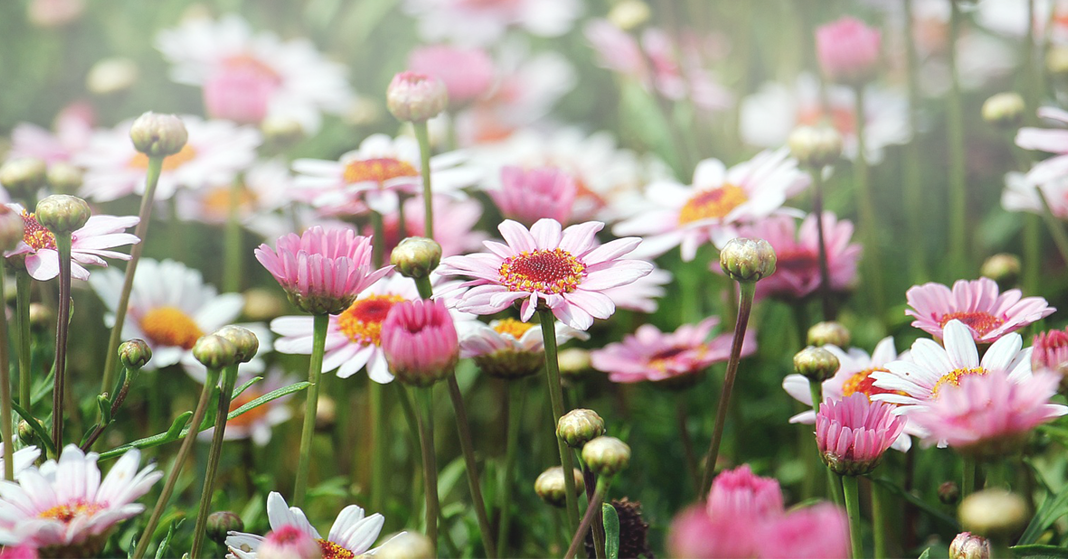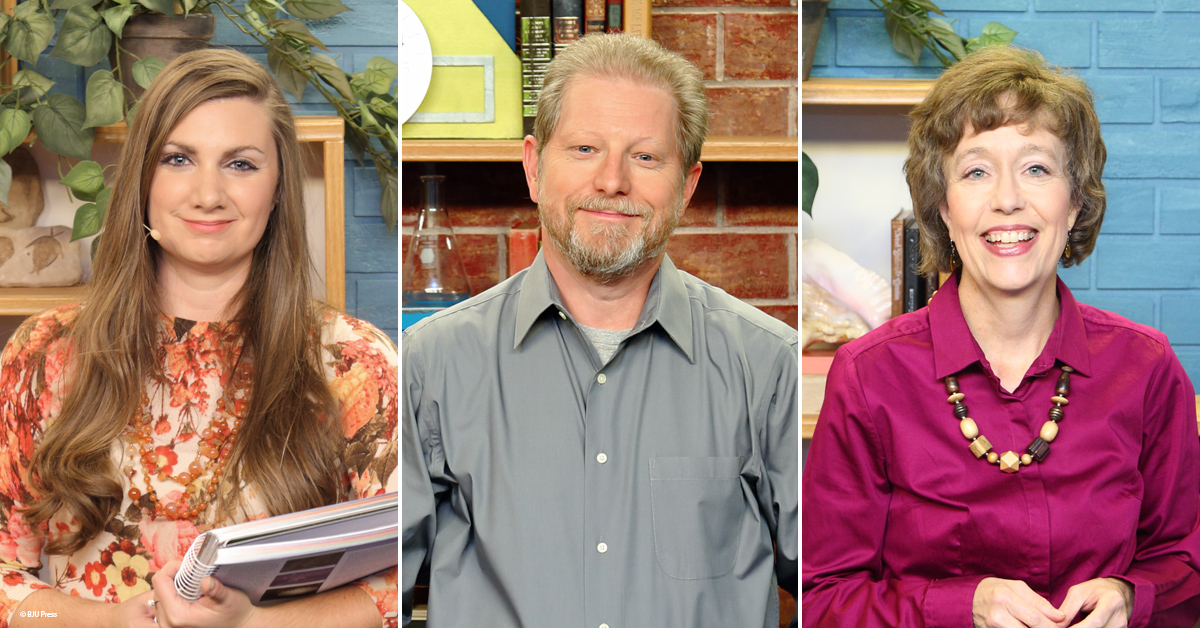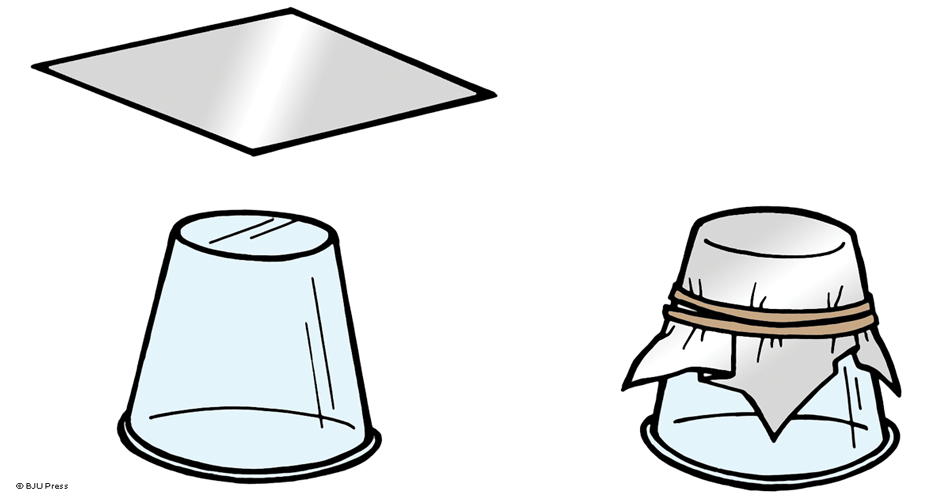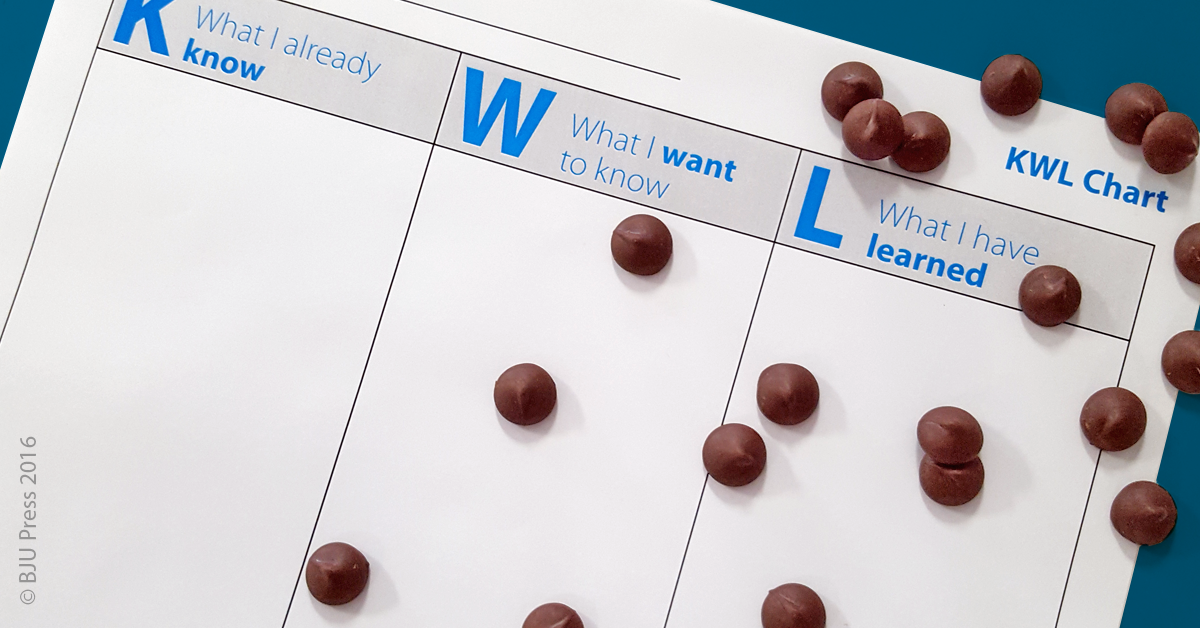
Lately, my homeschool has been plagued by spring fever. Warm air, bright sunshine, blooming trees and flowers, playful squirrels, and visiting birds have all conspired together to distract my children. And I can hardly blame them for being distracted. There are days when I, too, would much rather be outside soaking up the sun than inside teaching a math lesson.
One of the great things about homeschooling is that it can happen anywhere. We don’t have to do our lessons in our homeschool room. We can do them outside while sitting on the porch or on a picnic table at the park. In fact, we don’t even have to sit anywhere. We can learn a lot by just walking through our neighborhood and observing the world around us. Download our walking activity sheets and use some of the ideas below (or come up with some of your own) to keep the learning going while you enjoy some fresh air and exercise.
1. Gather Math Manipulatives
Who said that you have to use paper to do addition and subtraction? Take a walk and gather twigs, small rocks, pinecones (or whatever else interests your child), and use those as your manipulatives for the day if possible.
2. Review Math Concepts
Are you learning about geometry? See if your child can identify some solid figures. Are you learning about measurement? Measure the distance in feet, yards, or even steps between two trees in your yard. Or measure the distance between your front door and the mailbox. Need to work on statistics? Grab a stopwatch and time how long it takes for each family member to walk around the block. Then figure out the average walking time. Your neighborhood is a great place to practice real-world math.
3. Identify Nouns or Verbs
After you finish walking, encourage your children to write down twenty nouns or verbs that they observed during your walk. Nothing can be on the list more than once.
4. Write a Description
What interesting things are going on in your neighborhood? Is someone building a house? Are there baby ducks in a nearby pond? Snap a picture if you can and have your child write a descriptive paragraph about it using the writing sheet in the activity packet.
5. Review Science Concepts
This week in science, my daughter is learning about forces, so we’re going to take a ten-minute walk and list all the push-or-pull movements that we observe. You could do something similar with other science concepts. Can your children find an example of a solid, liquid, and a gas? Can they list a dozen natural resources that they observed?
As homeschoolers, we know that learning is not confined to a specfic time or even to a designated space. So take advantage of the beautiful spring weather and move your learning outside. Everyone will be glad you did!




